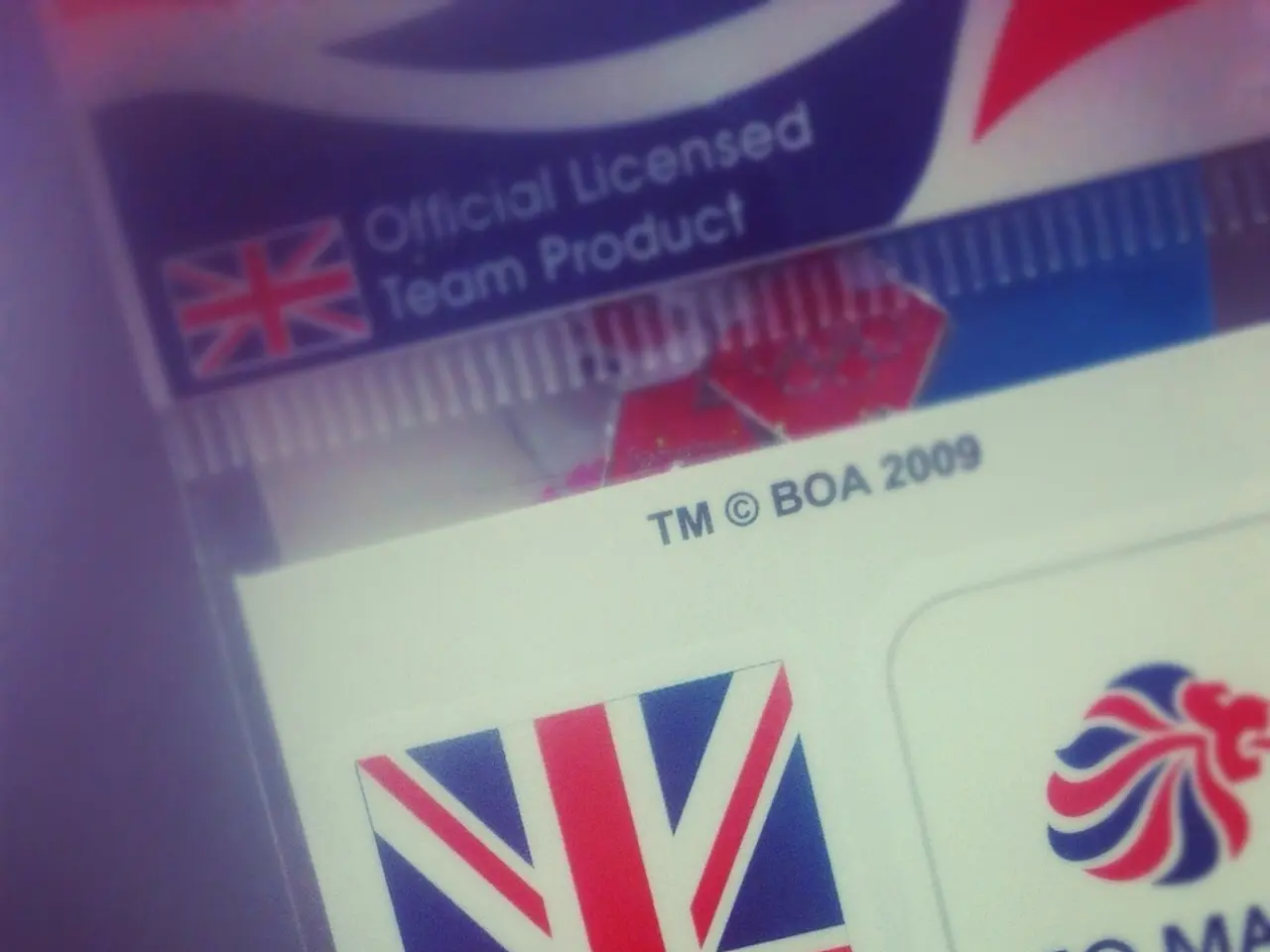New Biometric Checks for Non-EU Travelers to EU Begin Sunday
From Sunday, non-EU citizens, including British visitors, will face new biometric checks when entering and exiting the European Union. This is part of the Entry/Exit System (EES), which aims to modernise border management and enhance security. The EES is a precursor to the European Travel Information and Authorisation System (ETIAS), set to launch in late 2026.
Upon their first entry into the Schengen area, travellers will need to register fingerprints, facial images, and personal details. Subsequent trips will require only facial verification, with children under 12 having their photograph taken. These checks will occur at airports, ports, train terminals, and road border crossings. French border officials will also conduct EES registration on departure from the UK at certain points. The EU expects minimal delays as EES is gradually introduced, with officials able to suspend checks temporarily if queues grow. The EES aims to prevent illegal migration, combat identity fraud, and monitor overstayers.
The EES is a significant step towards modernising border management in the EU. It will be fully operational by late 2026, when it will be followed by the launch of ETIAS, which will require non-Schengen citizens to apply online and pay a €20 fee. These systems aim to strengthen security and facilitate legitimate travel.






